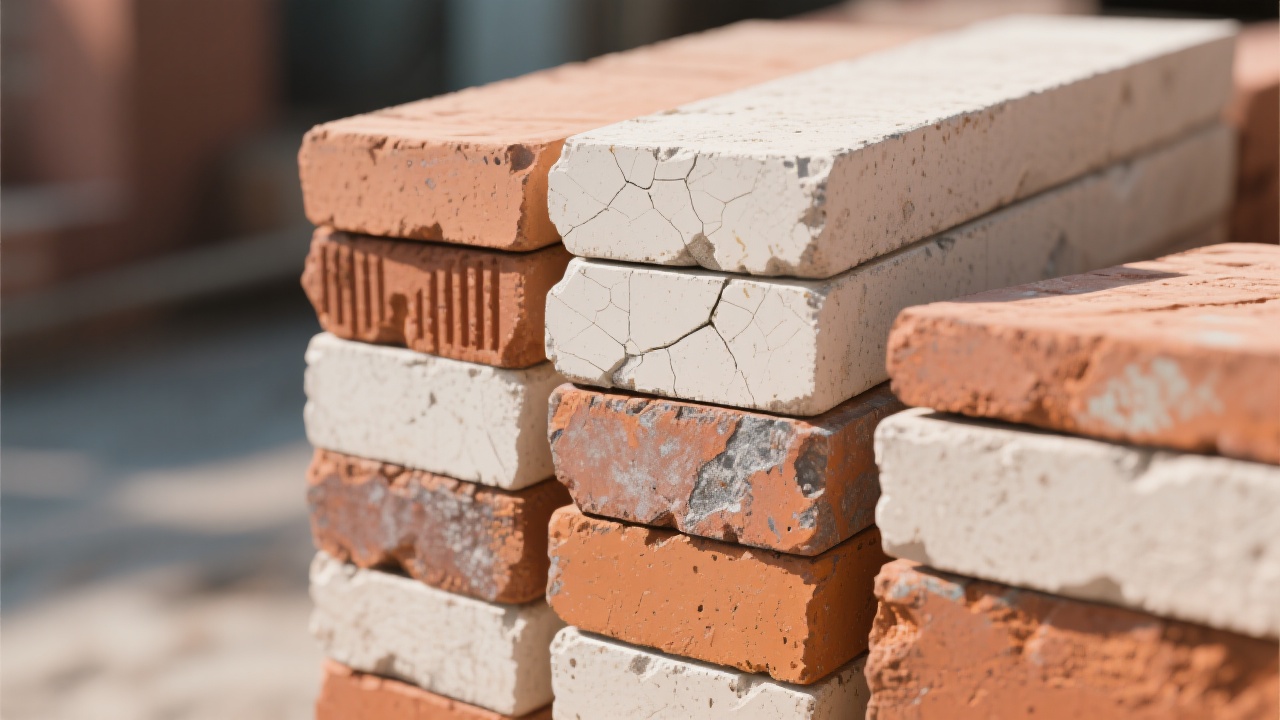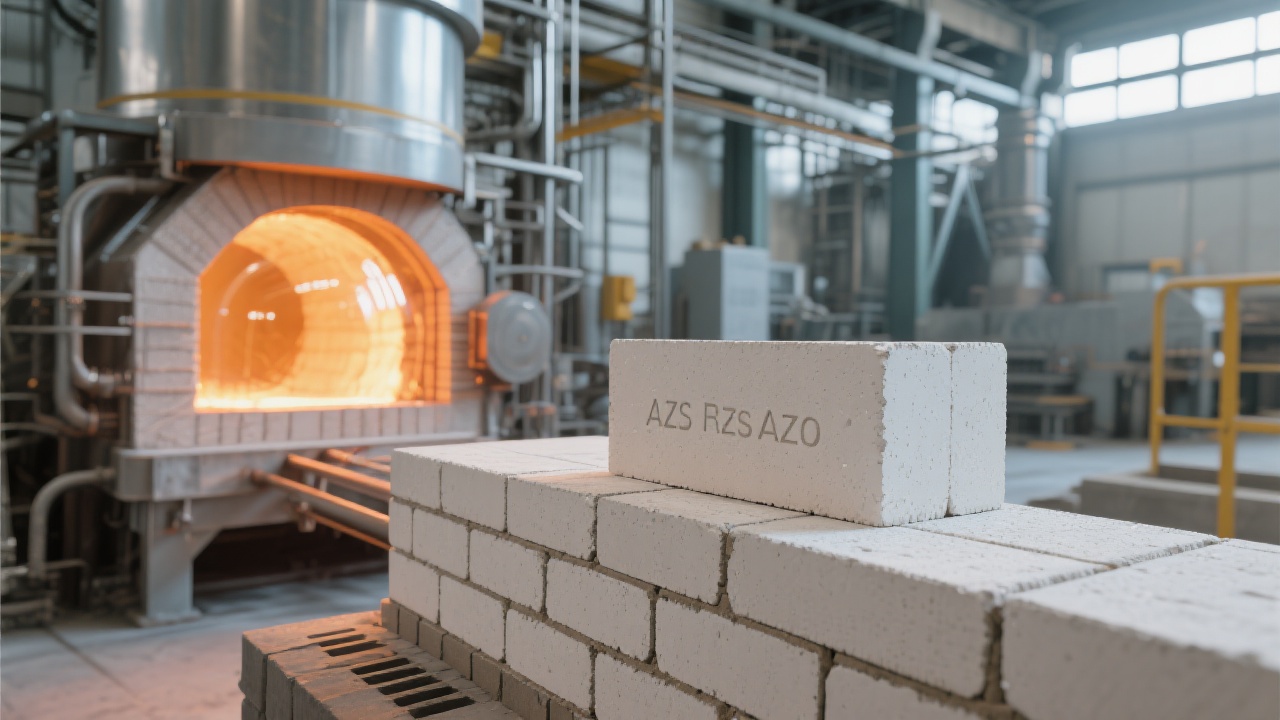
Cordierite, a remarkable high-temperature kiln furniture material, boasts unique physical properties in high-temperature environments. Its low-density porous structure brings about two significant advantages: lightweight and efficient heat conduction. The lightweight nature of cordierite is particularly beneficial as it reduces the overall weight of the kiln furniture system. This not only eases the installation and handling process but also cuts down on energy consumption during the operation of the kiln. In terms of heat conduction, the porous structure allows for rapid heat transfer, ensuring a more uniform temperature distribution within the kiln. For example, in a large-scale ceramic sintering kiln, the use of cordierite kiln furniture can reduce the heating time by up to 20% compared to traditional materials.

Creep rate is a crucial factor affecting the long-term stability of kiln furniture. Creep refers to the slow deformation of a material under a constant load and high temperature over time. A high creep rate can lead to the distortion and failure of kiln furniture, which in turn affects the quality of the products being processed. Cordierite has an extremely low creep rate, which is significantly better than traditional kiln furniture materials. According to a research report from a well - known industry institution (see the quote box below), in a 1000 - hour high - temperature experiment at 1200°C, the creep rate of cordierite was only 0.1%, while that of traditional materials such as fireclay could reach up to 0.5%. This data clearly shows that cordierite can maintain its shape and structure for a longer time under high - temperature conditions, ensuring the long - term stability of the kiln furniture system.
Quote from an industry report: "In high - temperature kiln furniture applications, materials with low creep rates are essential for maintaining product quality and process stability. Cordierite has demonstrated outstanding performance in this aspect, with a significantly lower creep rate compared to many traditional materials."

The excellent thermal shock resistance of cordierite is another outstanding feature. Thermal shock resistance refers to the ability of a material to withstand rapid temperature changes without cracking or breaking. In high - temperature heat treatment processes, rapid heating and cooling are often required to improve production efficiency and product quality. Cordierite can support these rapid temperature change processes due to its high thermal shock resistance. For instance, in a glass annealing process, the kiln needs to quickly cool the glass products from a high temperature to a low temperature. Cordierite kiln furniture can withstand this rapid cooling process without any damage, allowing for a more flexible production line operation. It can support up to 500 rapid heating and cooling cycles in a 1000 - 1300°C environment, which is far more than what many traditional materials can achieve.
In real - world industrial applications, cordierite has shown remarkable results. In the ceramic sintering process, traditional kiln furniture materials often face problems such as deformation and cracking, which can lead to uneven sintering of ceramics and lower product yields. However, when cordierite kiln furniture is used, the product yield can be increased by up to 15% due to its excellent high - temperature stability and thermal shock resistance. In the glass annealing process, cordierite enables faster annealing cycles, reducing the overall processing time by 15 - 20% and improving the production efficiency of the glass products.
When comparing cordierite with common kiln furniture materials such as corundum and mullite, cordierite stands out in terms of cost - effectiveness and service life. Corundum is a high - performance kiln furniture material but is relatively expensive. Mullite also has good high - temperature properties, but its creep rate is higher than that of cordierite. In a 1000 - 1300°C heat treatment scenario, the cost of using cordierite kiln furniture is about 30% lower than that of using corundum kiln furniture, and its service life is at least 20% longer than that of mullite kiln furniture. The following table provides a detailed comparison of these materials:
| Material | Creep Rate (1200°C, 1000h) | Cost | Service Life |
|---|---|---|---|
| Cordierite | 0.1% | Low | Long |
| Corundum | 0.2% | High | Medium |
| Mullite | 0.3% | Medium | Medium |
Choosing cordierite is not just about selecting a material; it is an investment in the reliability of your heat treatment process. With its low - density porous structure, low creep rate, excellent thermal shock resistance, and high cost - effectiveness, cordierite is the ideal choice for 1000°C - 1300°C heat treatment scenarios. We invite you to consider your own process pain points. Have you ever encountered a production line shutdown problem caused by the failure of kiln furniture? If you have any questions or need further technical consultation, please click here to contact our experts.

